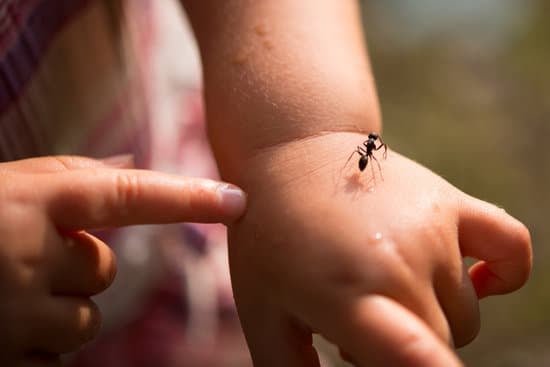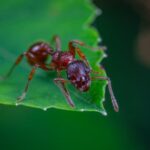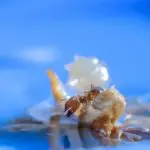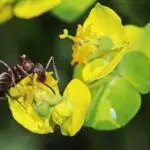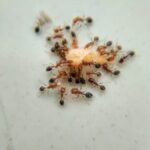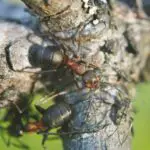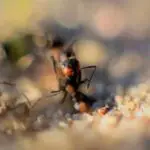How Ants See the World
Among the many insects on Earth, ants have a special ability to see. Their simple eyes are used for navigating and to locate objects. The brain compares information from both eyes, correcting any differences. These animals are also able to distinguish between light and dark. They can also perceive ultraviolet light, which helps them find food.
In addition to eyes, ants also have chemical senses. They use pheromones to communicate with each other and to coordinate their efforts. Ants also rely on touch and vibrations to detect movement. These two senses help them detect danger. Some species create small anthills on the ground, while others build underground chambers for food and rest.
Despite their poor eyesight, ants are able to see up to three feet. They can also detect UV light and blue light at night. Some anthills can have massive networks of connected chambers.
Ants are also able to detect polarized sunlight, which can be useful in navigation on cloudy days. They can also distinguish between ultraviolet and green light. The size of their eyes is directly related to how good their vision is. Ants with smaller eyes have poorer eyesight.
Ants have a compound eye that contains thousands of tiny lenses. This helps the ant’s brain to see a picture in many different places. It also helps them recognize movements and direction.
Depending on the size of the ant, the compound eye has between 150 and 650 ommatidia. Each ommatidia is like a lens bulb. It helps the ant to focus on the object.
